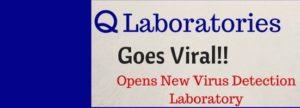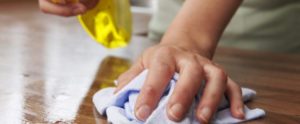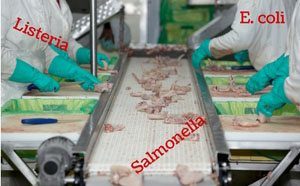
Q Laboratories Becomes First U.S. Lab with Food Virus Testing Accreditation
Q Laboratories is the first United States-based laboratory to include Norovirus and Hepatitis A testing in food, water and environmental samples listed on their ISO 17025 Scope of Accredited Methods. An A2LA Assessor was onsite at Q Laboratories on June 15 to evaluate the rapid, qualitative methods and facilities used to screen for the viruses.







